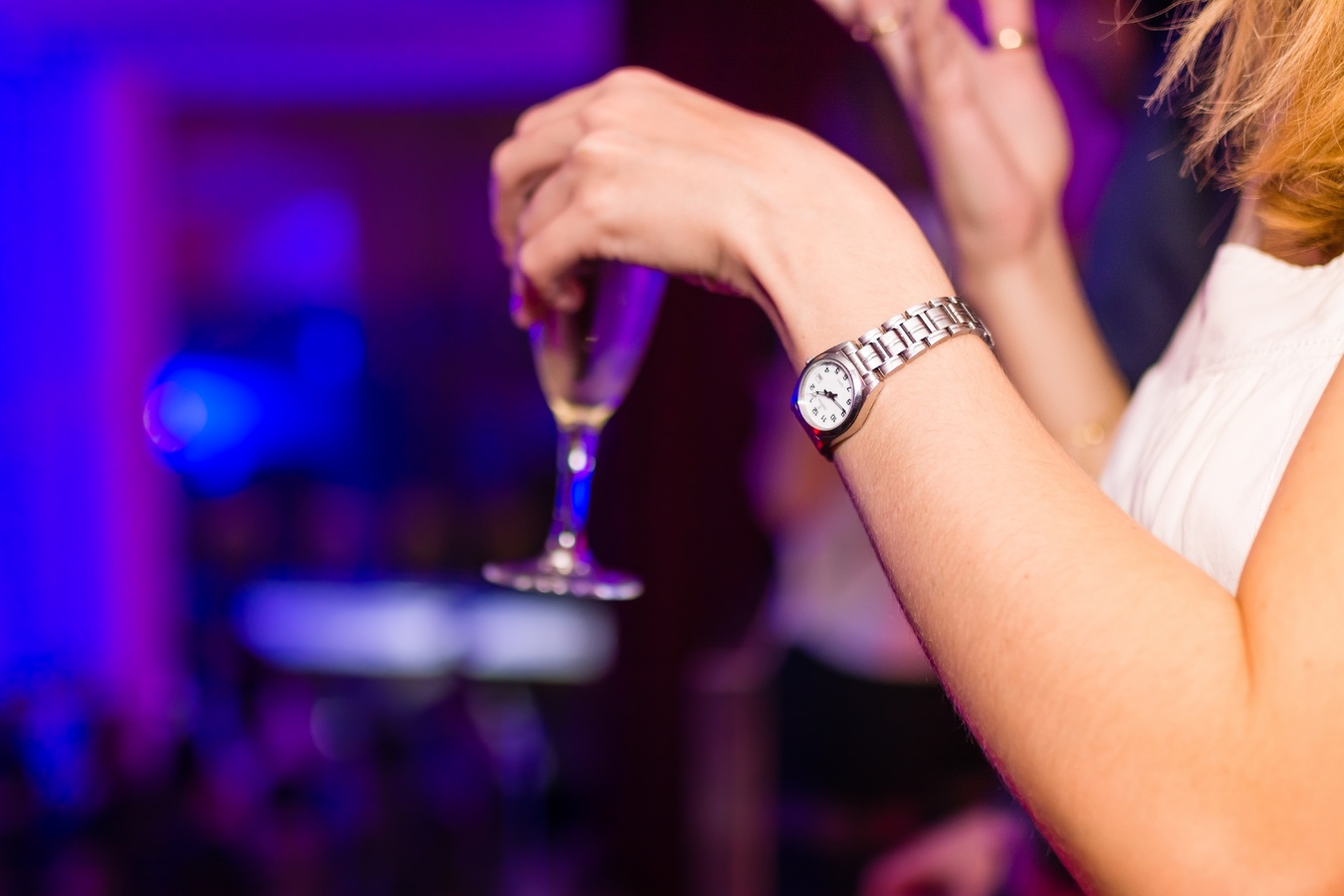How do you ensure that students drink less alcohol? Start on campus, the Trimbos Institute advises. Provide clear rules and cheap non-alcoholic drinks.
Don't ban the alcohol but focus on health ,Trimbos advises. (Photo: pxhere)
Students who drink a lot of alcohol can get in trouble with their studies. They miss classes because of a hangover or underperform. In 2016 the RIVM estimated that these students cost society millions of euros a year in study delay. A range of parties, including the government, educational institutions and even beer brewers, want the number of excessive drinking students to be reduced by 50 percent by 2040.
The big question is how universities and colleges of higher education can contribute to this. The Trimbos Institute was commissioned by the Ministry of Public Health and the umbrella organisations of universities and university colleges to find out. The report was actually finished in March, but because of the corona crisis it was decided to publish it a little later.
Inequality
Everything stands or falls with clear rules, according to the authors. At what time are cafes on campus allowed to serve alcohol? Can the caterer serve beer at a reception? What are the guidelines for student and study associations and introduction committees?
Trimbos advises to involve student associations in drawing up these rules. Moreover, the emphasis should not be on banning alcohol, but on the health of the student. And if you don’t know what the rules are, you can’t abide by them, according to the report. So good communication is important.
Furthermore, the same agreements must apply to students and staff. That is not always the case now. Sometimes, for example, students are not allowed to drink before 5 p.m. on campus, but the Executive Board is. Equal monks, equal hoods, is therefore the advice.
Make alcohol-free alternatives cheaper than alcoholic beverages
Price tag
What’s not there, you can’t drink. Therefore, limit the availability of alcohol on campus, for example by shortening serving times or catering non-alcoholic drinks. In the latter case, there should be plenty of attractive alternatives, such as “special lemonades”, mocktails or 0.0% beer and wine.
According to the researchers, the effect of the price tag should not be underestimated either. Make alcohol-free alternatives cheaper than alcoholic beverages. Or give students a free glass of water with every beer.
It is also important that students with drinking problems are helped on time. Student advisors, student deans and student psychologists should be allowed to ask more often about alcohol consumption, Trimbos believes.
Beer culture
Finally, according to the researchers, there is still a lot to be gained from good information. Most institutions now only provide information on health and culture during the introductory period for first-year students or their mentors. After that, it often remains quiet.
As for international students, educational institutions distinguish two groups of internationals: on the one hand students who are not interested in alcohol and drugs and do not feel comfortable in the Dutch ‘beer culture’, and on the other hand students who come to the ‘liberal’ Netherlands to party. How do you make sure that one group is not left out and the other group doesn’t end in the gutter?
Use of resources
The Ministry of Public Health will – unless the corona crisis throws a spanner in the works – later this year conduct a large-scale investigation into student substance abuse. Because those figures are not yet available, the Trimbos Institute is now basing itself on the existing scientific literature.
HOP, Evelien Flink
Do you have a question or comment about this article?
redactie@hogeronderwijspersbureau.nl


Comments are closed.